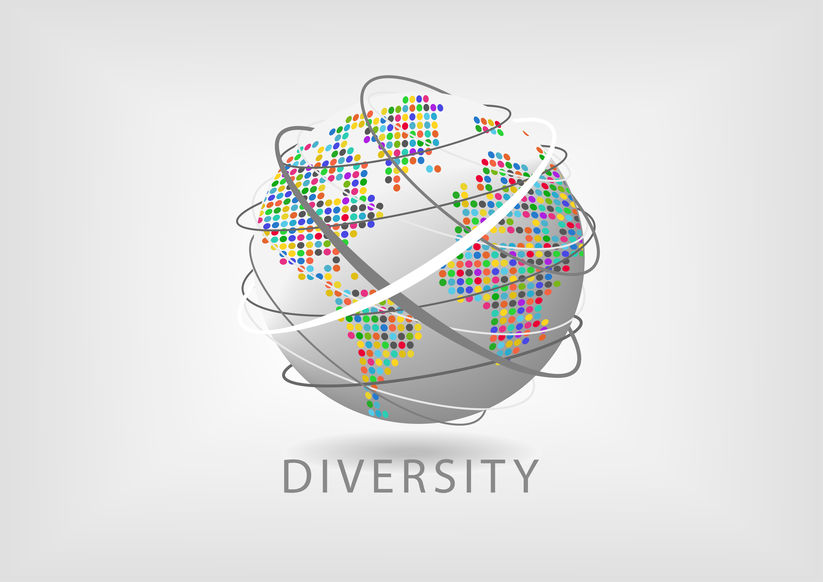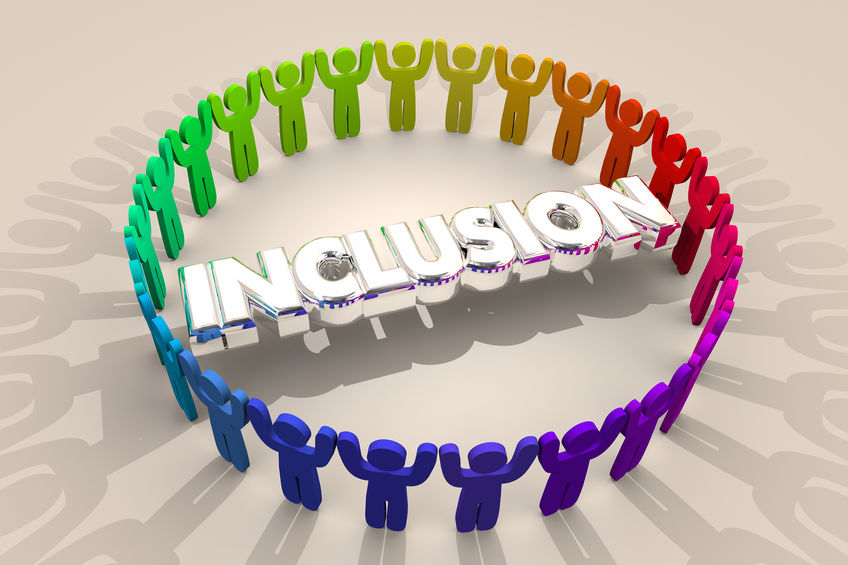
Recently, the mandate to make diversity and inclusion initiatives a corporate priority took center stage in business, government and society. But these key programs are not as simple and straightforward as hitting HR minimums and ensuring marketing images represent a mix of genders, ages and ethnicities. On the contrary, an effective strategy listens to, engages with and empowers varied perspectives and abilities that transcend looks and other physical attributes.
An overarching diversity and inclusion strategy goes beyond social ethics and has implications for performance improvement as well. When people of different genders, ages, races, cultural backgrounds, languages, experiences, abilities and perspectives come together, they are more creative, productive and engaged, and are more loyal to their companies. Also, research shows that decision-making by diverse teams outperforms that of individuals 87 percent of the time.
Prioritize and Actualize Social Responsibility

While diversity and inclusion are not synonymous, both address social responsibility. Rita Mitjans, ADP’s chief diversity and social responsibility officer, says, “Diversity is the ‘what’; inclusion is the ‘how’.” To drive growth and corporate sustainability, prioritize diversity and inclusion through awareness, planning and commitment. Here are six steps to help with the process.
- Define what diversity means for the organization. Dr. AJ Jeedigunta, a psychologist and executive coach, says we need to get past focusing on “diversity numbers” and instead focus on “creating equity, intentional inclusion and belonging.” By defining diversity as an intentional and ongoing practice at all levels of the company, the goals and benefits grow for employees, clients, prospects and other stakeholders.
- Create a company culture and environment that encourages empathetic conversation. As tensions in the United States rise, it can feel insensitive or disingenuous not to acknowledge conflicts or rising pressures, even if they aren’t making significant waves in the office. Nettie Owens, entrepreneur and business coach, says in her book What Businesses Need to Know Right Now, “Create a safe space so that at least you address the elephant in the room and create a safe space for your employees and staff members so they can talk about it. This allows your employees to feel free to openly discuss and talk about the current situation without judgment and without malice.” By modeling empathetic conversation from leadership, you create a company culture that invites understanding throughout the organization.
- Assess the need for a diversity plan and don’t take it for granted. Speaker, author and business coach Kachelle Kelly says, “Now it’s time to do the work. Now it’s time not just to do things right, but to learn how we got here and learn those things that they don’t even teach in history books.” Organizations that take stock of the past and the present have a leg up on how and where to initiate change. Conduct an assessment of all departments to acknowledge what systems or initiatives can benefit from change and why. This data will provide a foundational understanding for creating a plan that builds diverse and inclusive environments and messaging.
- Integrate diversity into your organization’s mission or vision. Your mission and vision identify who your company is and your values and objectives. They create a picture of what an ideal version of your company looks like. A well-written mission statement informs and guides the decisions, actions and communications of the organization. It also sets the stage for marketing tone, brand and image. “Diversity and inclusion are a top-to-bottom business strategy—not just an HR program,” says industry analyst and researcher Josh Bersin. By articulating a value on diversity into your mission and vision statements, its worth will trickle down throughout the organization and enhance your company’s image.
- Create a written diversity and inclusion plan. Operating without a written plan can result in wasted time and energy. Ensure your plan documents the priorities and goals of the organization and defines actionable and data-driven steps. Delegate responsibilities to achieve the plan, create a statement of accountability and monitor progress on a consistent basis.
- Integrate diversity and inclusion principles and content into your marketing communication strategy, both internally and externally. Make sure your messaging supports your beliefs and is shared across all audiences including prospects, clients, vendors and stakeholders. Salesforce is a great example of a company that integrates diversity and inclusion in its content. The company developed this definition: “We define inclusive marketing as creating content that truly reflects the diverse communities that our companies serve. It means that we are elevating diverse voices and role models, decreasing cultural bias, and leading positive social change through thoughtful and respectful content.” Incorporate intentional inclusion in your business communications through accessibility, inviting varied perspectives both inside and outside of your company and engaging in conversation with diverse groups.
Diversity and Inclusion in Action

The foundation of a diversity and inclusion strategy begins with creating a culture of empathetic leadership. These crucial leaders recognize the importance and value of these initiatives. They are visible when leaders “walk the walk” and model inclusive behaviors. Empathetic leaders also provide opportunities for collaboration and engage in consistent communications to reinforce the company’s commitment to diversity.
It’s important to understand that diversity and inclusion are not a one-time event. Writer and executive coach Rich Yvanovich explains that a diversity plan is not static. Instead, it is an ongoing process shared by all members of a company. “Company culture and environment need to be nurtured over time with the contribution from all staff, leaders, managers and even the newest recruits, not by one or two actions solely from the top management level.” When companies develop an authentic and ever-evolving culture of diversity and inclusivity, they set themselves up for sustainability and success in the marketplace.
